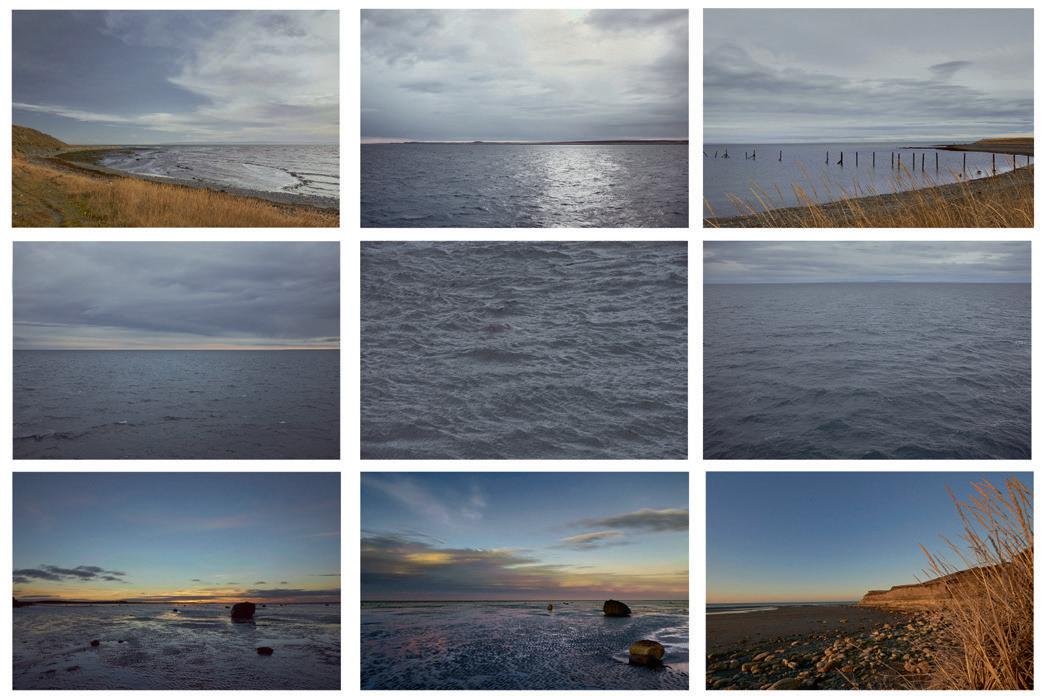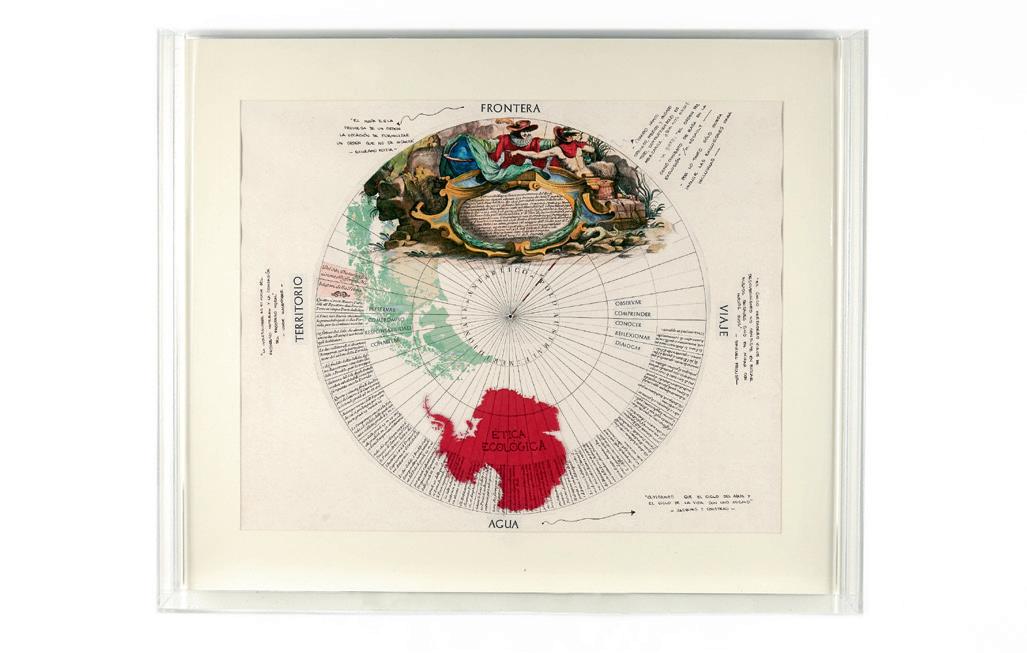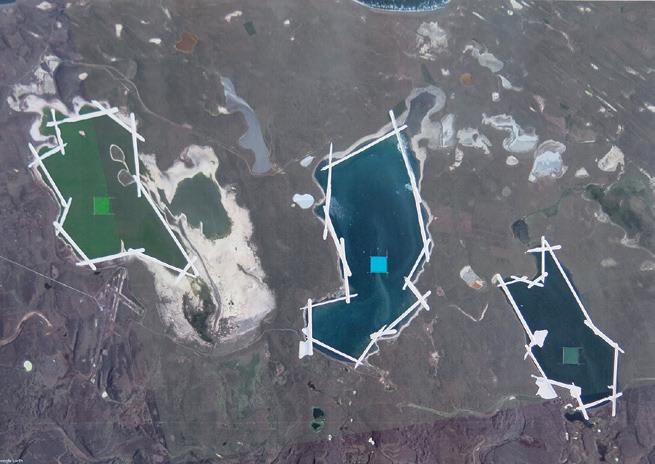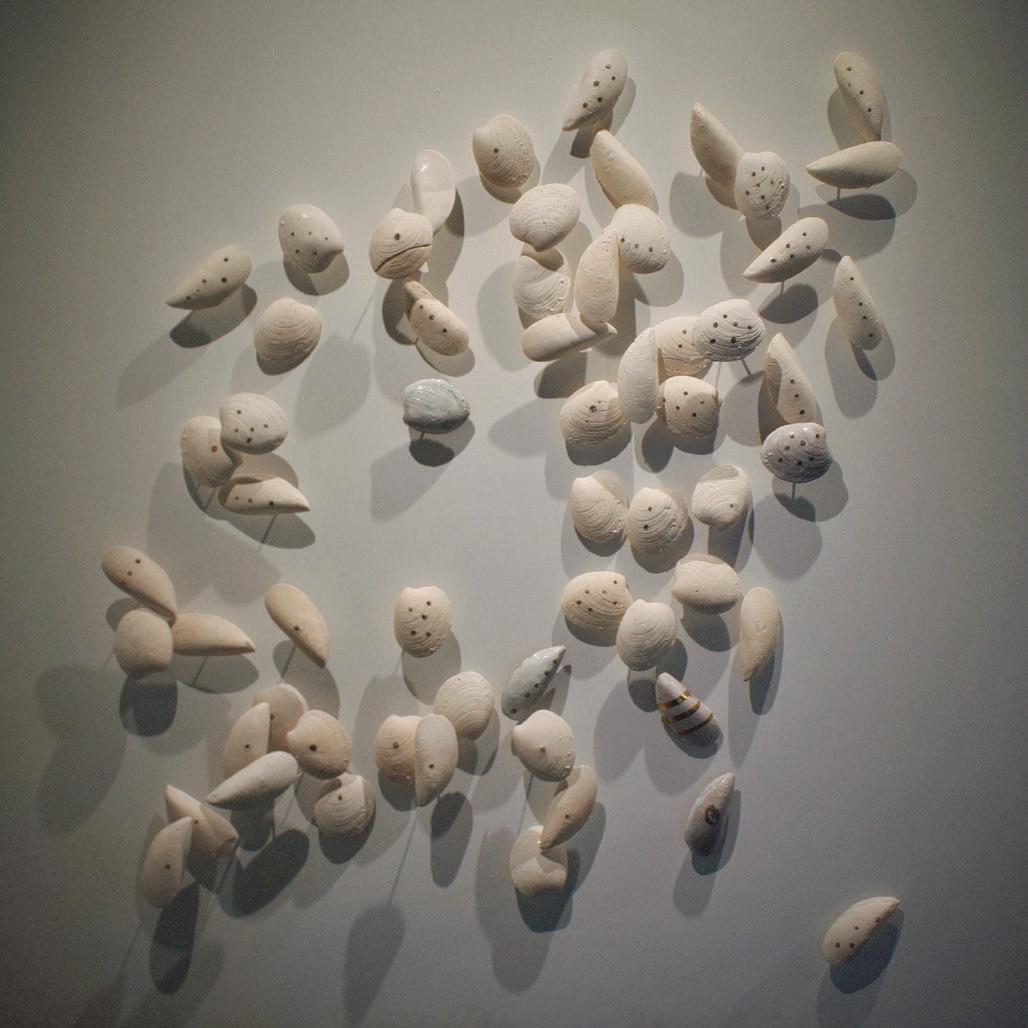
1 minute read
Daniela Gallardo, Cestería yagán
DANIELA GALLARDO
CL
Advertisement
CESTERÍA YAGÁN
“Se teje para recordar a las personas que ya no están, para recordar los lugares donde transcurrió la infancia y para no perder identidad y riqueza cultural”. Daniela Gallardo
Daniela es artista cestera y además presidenta de la comunidad yagán de Punta Arenas, Löm Sapakuta. Antes la cestería era una actividad exclusivamente femenina, pero ahora los hombres también la practican. La materia prima es el junco mápi (Marsippospermum grandiflorum) y para realizarla se utiliza un punzón de hueso o madera llamado ámi. El tipo de cesta más característico se llama tawe’la y se realiza con una técnica en espiral con puntada de lazo simple. Para las cestas gaiíchim, se emplea un tejido anudado, que ofrece una estructura flexible y abierta, muy adecuada para la recolección de moluscos. Otro tipo de tejido de la cestería yagán es ulon steapa, también conocido como vuelta y vuelta.
–
YAGÁN BASKETRY
“We weaving to remind people who are gone, to remember the places where childhood passed and not to lose identity and cultural wealth”. Daniela Gallardo
Daniela is a basketmaker artist and also president of the Yagán community of Punta Arenas, Löm Sapakuta. Formerly basketry was an exclusively female activity, but now men also practice it. The raw material is the mápi reed (Marsippospermum grandiflorum) and to make it a bone or wood awl called ámi is used. The most characteristic type of basket is called tawe’la and is made with simple half-hitch stitch over a coiled foundation technique. For the gaiíchim baskets, a knotted weave is employed, this weave offers a flexible and open structure, very suitable for gathering mollusks. Another type of Yagán basketry weaving is ulon steapa, also known as “round and round”.
Cestas realizadas con fibra vegetal Donación al Museo Nacional de Antropología de la Plataforma Vértices y del Gobierno Regional de Magallanes y la Antártica Chilena Baskets made with vegetal fiber Donation of Plataforma Vértices and Gobierno Regional de Magallanes y Antártica Chilena to Museo Nacional de Antropología 2020










